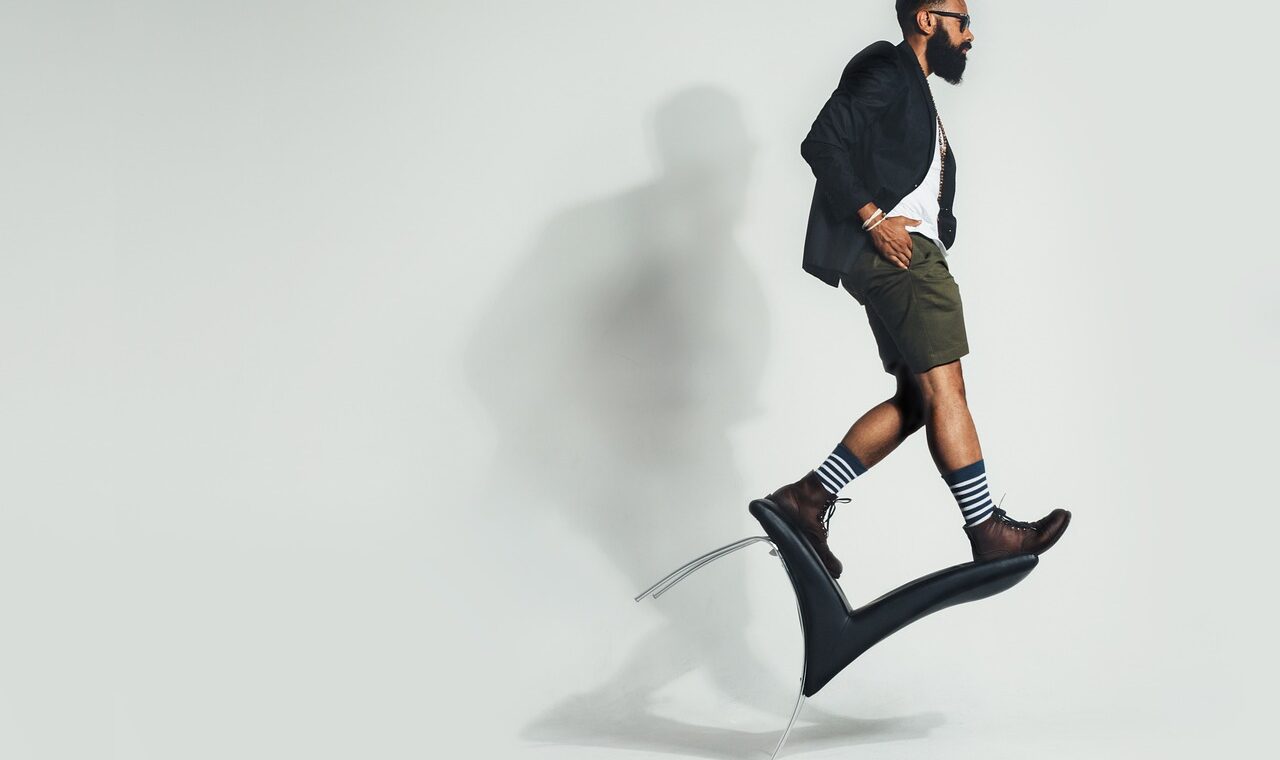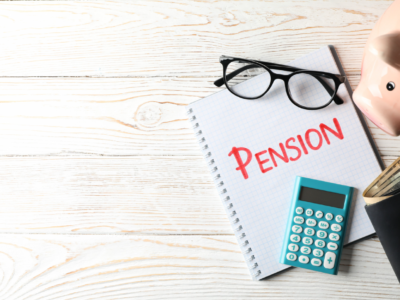Workplace style in 2020 and early 2021 took a massive shift towards casual attire. With many offices sitting empty, office dress codes became obsolete.
For many employees who have been working at home for the past year and a half, suits and dress shoes have been gathering dust in exchange for tracky bottoms, slippers, and the rare smarter shirt/ blouse for Zoom calls.
Now, as many companies look towards a possible return to the office as vaccine distribution is taking over, will this more casual trend continue? Or, will the fashion pendulum swing to the opposite end of the spectrum as people seek to shed their loungewear for more traditional work attire?
Even in the early months of the pandemic, many articles speculated that this could be the end of the office dress code — and some suggest it should be.
“Zoom Shirt”
Work fashion experts shifted to providing insight on appropriate work from home attire as opposed to coordinating separates for the office. Fashion trends, as pointed out in this June 2020 New York Times article, included terms like “Zoom shirt” and “Mullet Dressing”, which highlighted the practice of putting on a business appropriate top only when on video calls. These shirts could then be quickly plonked over the backs of desk chairs or thrown onto nearby couches once the call ended.
As staff have gone nigh on 2 years focusing on WFH comfort, free of office dress code restrictions, it isn’t surprising that the transition back to the office or flexible working will bring questions about workplace style. In March 2021, Glamour Magazine calls this the “personal style apocalypse,” with many people questioning their pre-pandemic clothing style to consider whether their work wardrobes still reflect who they are in the post-pandemic world.
One of the benefits of having separate wardrobes for work and for life is psychological.
A routine helps us separate home and work time, and so can getting dressed for work. “Keeping a routine helps us maintain a sense of control and degree of normality in times when we are feeling a lack of control, which leads to stress and even anxiety,” Professor Carolyn Mair, author of “The Psychology of Fashion,” said, “What matters more than the actual garments we wear is that they help us feel good.”
So, whether you think traditional professional clothing will return in stronger suit than ever or die like tweed, there will be a massive upheaval in work attire in the next few months. Which side will you choose?










